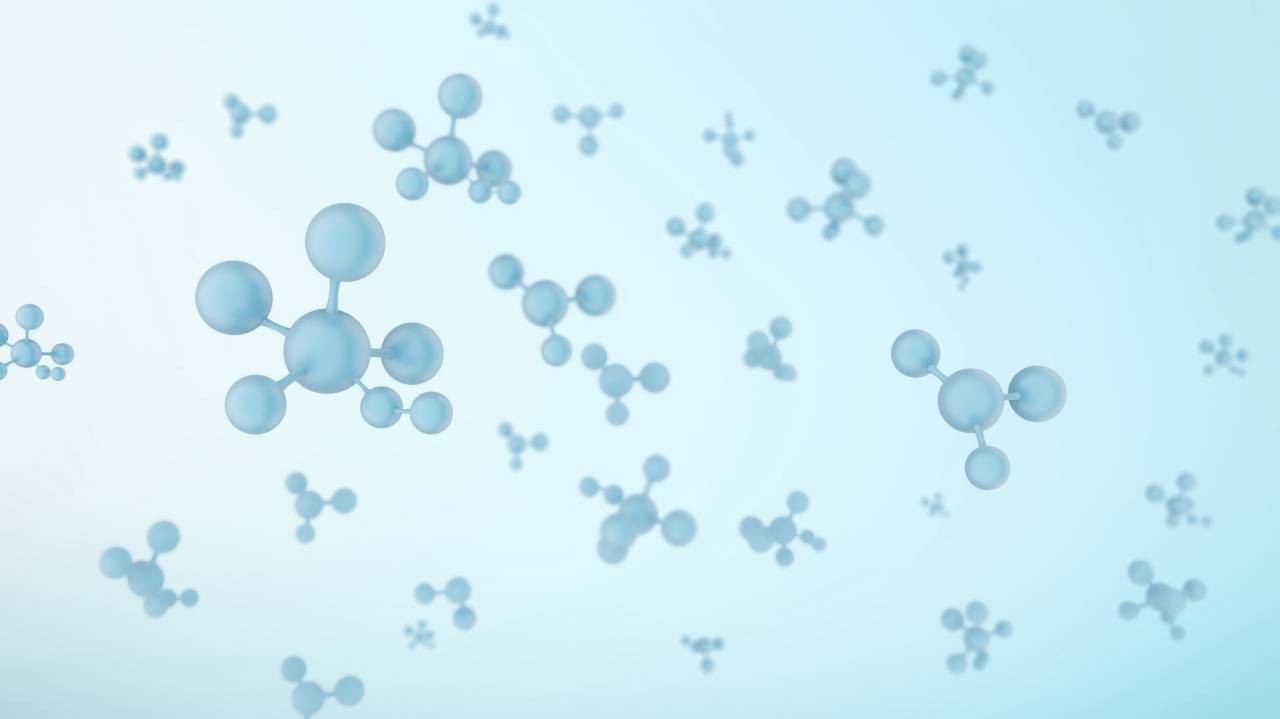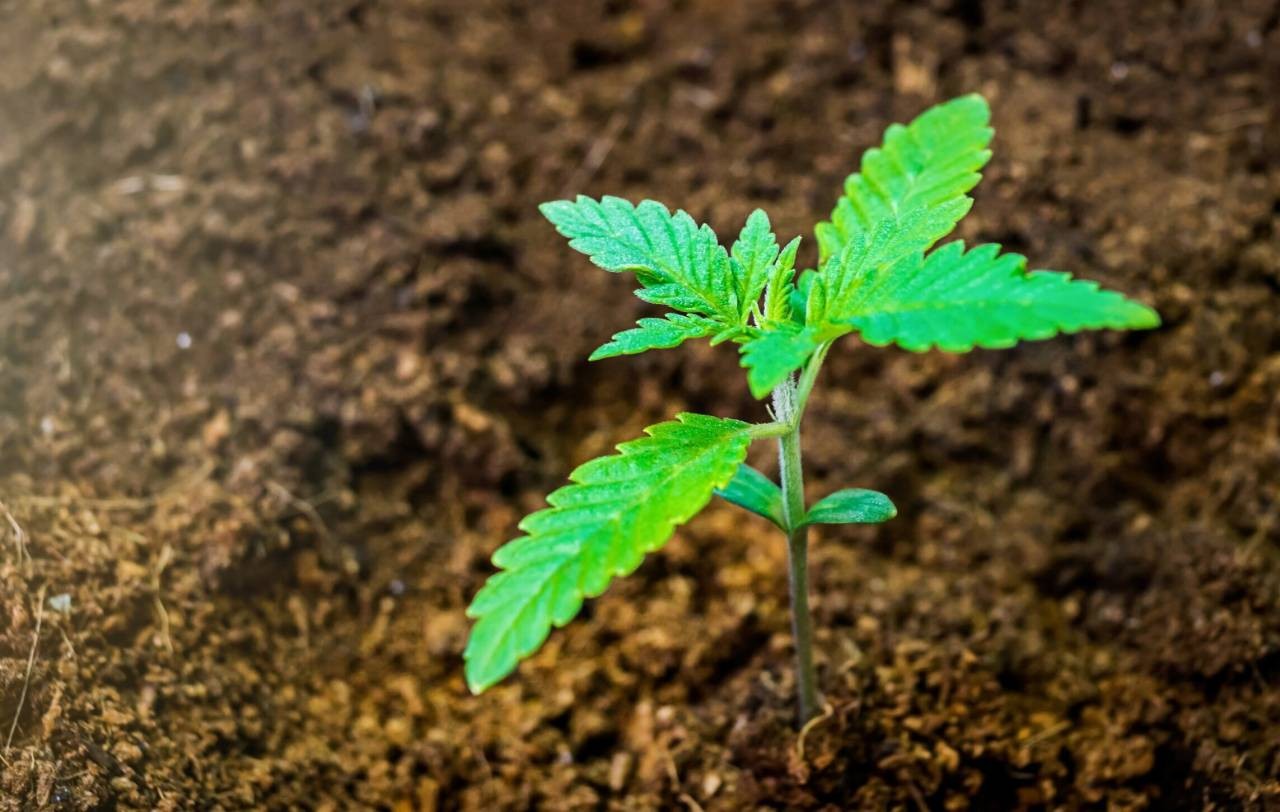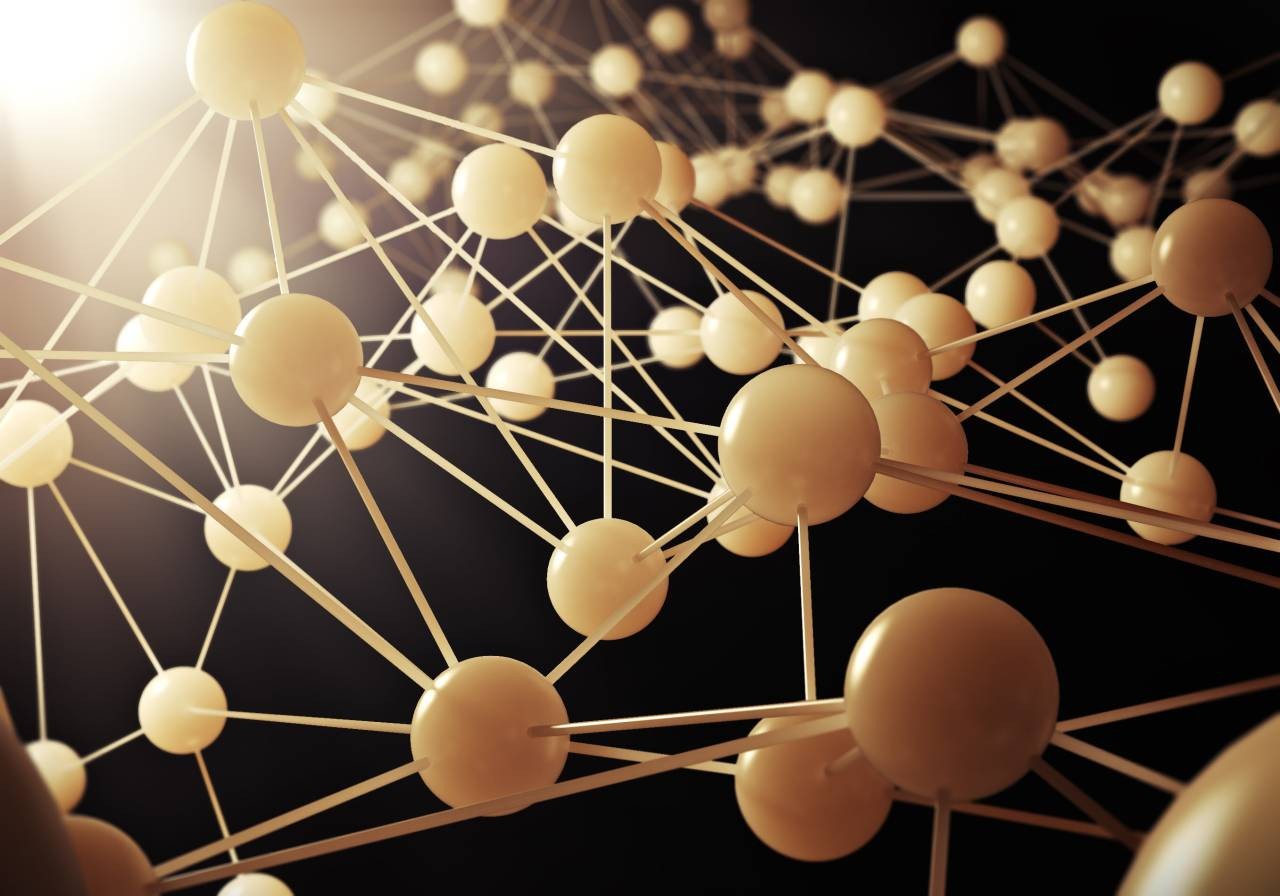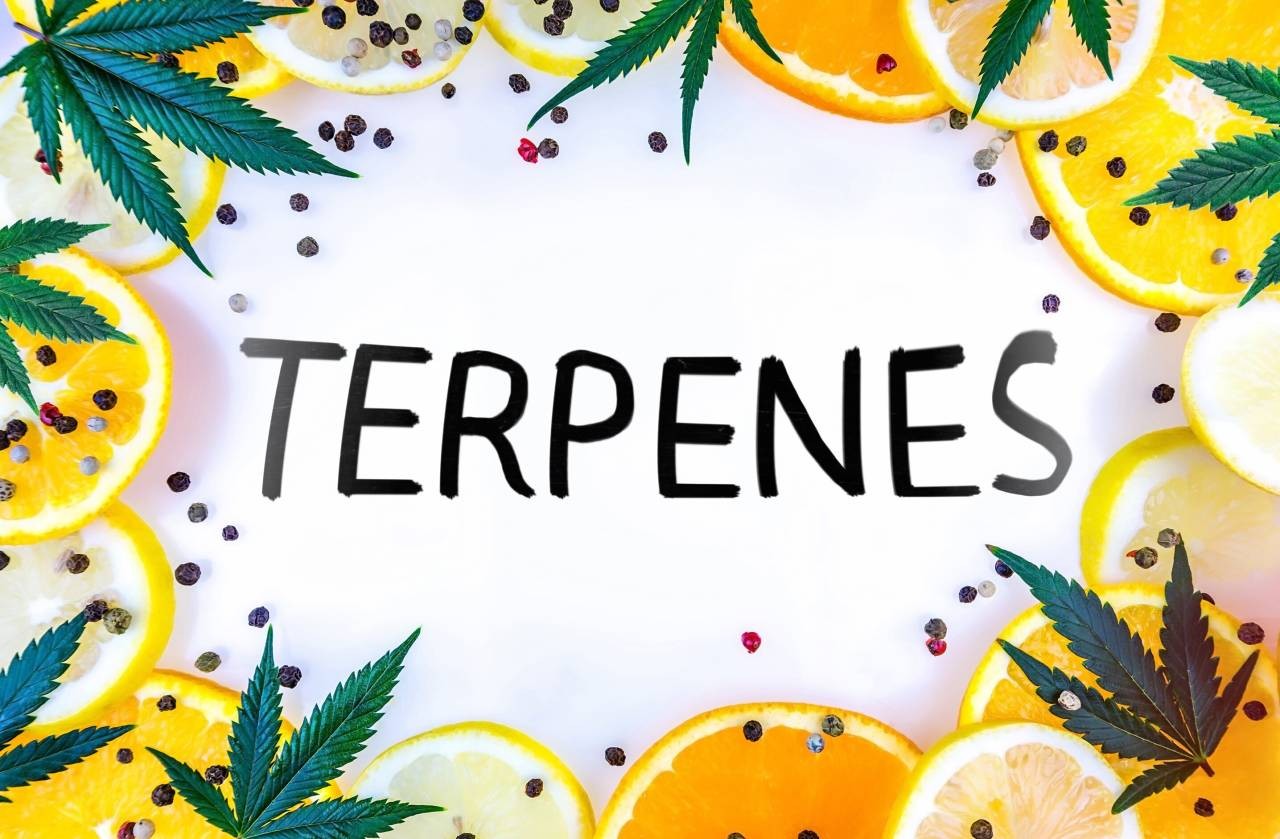Cannabidiol (CBD) is a cannabinoid that has shown potential benefits for acne-prone skin. CBD has anti-inflammatory properties that can help reduce the production of sebum, the oily substance that can contribute to acne. It also has antibacterial properties that can help kill the bacteria responsible for acne breakouts. Additionally, CBD can help s...
HempTalk - Business Blogs and Press Releases
At first glance, Cannabis Textiles is a quiet, unassuming book, without slick, staged photos or superlative descriptions of indigenous cultures. Such simplicity reflects the book’s inner beauty, which documents the history of a disappearing handcraft, that of traditional hemp cultivation and fabric production.
Skoglund’s book focuses primarily on indigenous hemp cultures in Europe and Asia. Her passion for hemp was lit while pursuing her Master’s thesis studies at the Swedish School of Textiles, University of Borås and in Uppsala, Sweden in the 1970s, when she discovered a significant absence of recorded information on traditional hemp craft.
“It was almost taboo to talk about hemp, because it was intimately connected to drugs and was banned in Sweden [until 2003],” she told Project CBD.
Skoglund began to weave with hemp yarn herself, while scouring the historical record for mentions of the craft. She used DNA and microscopic testing methods to determine the fiber content of a number of antique textiles kept in museums and archives, and found many that were made completely or partially from hemp fibers.
A Bast Fiber Plant
Long before 1842, when William O’Shaughnessy brought psychoactive cannabis indica from India to the West, a type of cannabis commonly known as hemp was grown in kitchen gardens across Europe and East Asia, “near castles and monasteries, mansions and simple farms,” writes Skoglund. Hemp, a bast fiber plant, was cultivated for its seeds and medicinal properties, but mainly for its fiber. Fiber from other bast plants, such as flax and hops, was often blended with hemp fiber.


Have you heard of Celtic Hemp? In a recently published paper in Cannabis and Cannabinoid Research, Dr. John M. McPartland and Saoirse E. O’Sullivan trace hemp’s prehistoric journey from Asia to Hibernia — now modern-day Ireland. Like much of Europe, cannabis arrived in Ireland when written records were scarce.
The authors rely on archeological, linguistic, and pollen analyses as they document the migration of cannabis across Europe. Ancient pollen, extracted from mud, contains signals from cannabis’s past. Seeds from crops and rare archeological artifacts provide additional clues attesting to hemp’s intimate relationship with humankind.
Thousands of years ago, the medicinal properties of cannabis were remarked in ancient texts. At this time, humans living closer to the plant’s area of origin on the Tibetan plateau relied on fibers from cannabis stalks for textiles. By 400 BCE, humans left evidence of cannabis where Celtic culture is thought to have originated.
The Birthplace of Celtic Culture
People of the Yamnaya culture, encompassing modern Ukraine, utilized cannabis crops earlier than the Celtic culture that emerged in Europe during the Iron Age (1200-550 BC). Cannabis fibers and water-logged seeds first appeared in Hallstatt, a region near modern Austria, which is considered the birthplace of the Celtic peoples.
But the words used for cannabis and hemp were all borrowed from another culture. The lack of an ancestorial word for hemp or cannabis in Proto-Celtic implies that the inhabitants of Halsttatt spoke a language unrelated to early precursors of the Celtic lexicon.

Cannabis plants produce over 100 different cannabinoids, but the main cannabinoid molecules are: Tetrahydrocannabinol (THC): THC is the primary psychoactive compound found in cannabis. It is responsible for the "high" or euphoric feeling associated with marijuana use.Cannabidiol (CBD): CBD is a non-psychoactive compound found in cannabis. It is bel...
Hemp is a versatile plant that has been used for various purposes for thousands of years, including as a soil amendment. When hemp is grown for industrial purposes, it can be used as a cover crop or as a green manure to improve soil health and fertility. One of the benefits of using hemp as a soil amendment is its ability to absorb nutrients from t...
CBD, or cannabidiol, has become a popular ingredient in skincare products due to its potential anti-inflammatory and antioxidant properties. CBD is derived from the hemp plant, and is non-psychoactive, meaning it does not produce the "high" associated with marijuana use. CBD is believed to have a number of benefits for the skin, including reducing ...
The endocannabinoid system (ECS) is a complex cell-signaling system that plays a crucial role in regulating various physiological and cognitive processes, including appetite, mood, pain sensation, and memory. The ECS consists of three primary components: endocannabinoids, cannabinoid receptors, and enzymes. Endocannabinoids are lipid molecules that...
HerbalGram, the acclaimed quarterly journal of the American Botanical Council, recently published its 2021 “Herb Market Report,” which included data on sales of CBD as an herbal ingredient in mainstream and natural retail channels in the United States. The combined total from both channels — $58,293,034 — does not include CBD sales in licensed cannabis dispensaries or CBD products, such as vapes, tinctures, gummies, and other edibles sold online. (E-commerce sales of CBD in the U.S. in 2021 reached $2 billion, according to Statistica.)
The following excerpt analyzes CBD marketing trends reported by the American Botanical Council, a membership organization that educates consumers, health care professionals, journalists, and others about the safe and effective use of medicinal plants. Visit this link if you are interested in becoming an ABC member, which includes a subscription to HerbalGram.
A Top Selling Herbal Supplement
In 2021, for the fourth year in a row, CBD was the top-selling herbal supplement ingredient in natural retail stores. CBD first appeared on the natural channel’s top 40 list in 2017, ranking 12th, after sales growth of more than 300% from the previous year. Despite its top rank in 2021, sales of this ingredient have slowed in recent years.
In 2021, CBD sales in the natural channel totaled $38,931,696, a 24% decline. This was somewhat less than the nearly 37% decline seen in 2020. Sales appear to have peaked in 2019, when natural channel consumers spent more than $90.7 million on these products. Still, even after two years of declining sales, natural channel sales of CBD in 2021 were still significantly higher than when the ingredient first appeared on the top 40 list. Consumers spent roughly $31.3 million more on CBD products in 2021 compared to 2017 — a 413.4% increase in annual sales.
The marketing data firm SPINS tracks sales of two separate cannabis-derived ingredients: CBD and “hemp seeds and derivatives.” According to the FDA, “hemp” is defined as Cannabis sativa with a tetrahydrocannabinol (THC) concentration of 0.3% or less. (THC is the primary psychoactive compound in cannabis.) Cannabis sativa with more than 0.3% THC is considered “marijuana” or “cannabis.”1 SPINS’ CBD category typically includes sales of products that contain hemp-based CBD extracts, including CBD oils, gummies, and capsules.
Hemp construction, also known as hempcrete, is an alternative building material made from the woody core fibers of the hemp plant mixed with a lime-based binder. Hemp is a renewable resource that can be grown in a variety of climates, and hempcrete is a sustainable building material that has gained popularity in recent years due to its many benefit...
For all modern medicine can do, many mysteries remain unsolved. What is long COVID? Is there really such thing as a “cure” for cancer? And how to explain the surprisingly high prevalence of fibromyalgia, a debilitating, lifelong disorder of the central nervous system without a known cause that affects between 2 and 4 percent of adults worldwide?
In the absence of an answer — or a cure — treatment is the name of the game for fibromyalgia. No single drug yet exists to address all of the disease’s effects on the body, which can include widespread aches and pains, sleeplessness, fatigue, anxiety, and depression. Instead, patients turn to a mix of whatever individual medications, therapies, and lifestyle changes (especially exercise) help ease symptoms and improve quality of life.
On the drug front, anti-depressants, analgesics, and muscle relaxants might be prescribed. But there’s another option that can address mood, pain, and more at once, all with fewer side effects: cannabis.
It’s not a new idea. Researchers have been investigating the use of cannabis to treat fibromyalgia’s constellation of symptoms for decades, with early clinical trials in the 2000s1-4 suggesting a possible benefit of both pure THC and flower in managing the disease. Nor is it necessarily surprising, given the ability of cannabis to target the ubiquitous, homeostasis-seeking endocannabinoid system.
Recently published papers — a series of reviews, two human studies, and an animal study — only bolster the case that cannabis can help those suffering from this confounding condition. Still more may be forthcoming, including through a newly announced randomized controlled trial in the Netherlands that will compare cannabis, oxycodone, and a combination of the two for pain relief in 60 fibromyalgia patients.5
Farming hemp involves several steps and considerations, here's a general overview: Choose a suitable location: Hemp can be grown in a variety of climates and soil types, but it requires well-draining soil and ample sunlight. The location should also be away from areas with high traffic or pollution.Obtain necessary permits and licenses: Depending o...
CBD, or cannabidiol, is one of the primary active compounds found in the cannabis plant. Like other cannabis strains, CBD also contains terpenes that contribute to its unique aroma and potential therapeutic effects. Here are some of the most common terpenes found in CBD: Myrcene: Myrcene is one of the most abundant terpenes found in cannabis, inclu...
Think of your brain as an ocean, an ecosystem inhabited by numerous species of fish-like neurotransmitters and their receptors, with currents of electricity connecting and delicately balancing all the different components. Inflammation is like a bloom of red algae, harming everything around it and upsetting the homeostasis of the environment.
Enter our hero, Palmitoylethanolamide (PEA) – a lipid messenger kindred to the endocannabinoid system and a close cousin of anandamide (AEA), the famous endocannabinoid neurotransmitter. Sometimes referred to as “the endogenous version of CBD,” PEA is a powerhouse against inflammation and pain. Like CBD, PEA increases the levels of endocannabinoids and strengthens the endocannabinoid system. And, again like CBD, a constant theme in the scientific literature about PEA is its incredibly strong safety profile.
In our neural ocean metaphor, PEA weighs in as the “most venerable of the leviathans,” the grinning Right Whale, a stalwart fighter in our constant battle against inflammation and pain.
A Mystery
The PEA story begins with a mystery, which leads to another mystery — and ends with the next great wave of the cannabinoid revolution.
We begin during World War 2 – and indeed, geopolitics plays a significant role in our tale. Because of the war effort, we find it a prosperous time for the new-ish field known as “public health.” A healthy population of workers was essential to support the production of war materiel. Two NYC doctors named Coburn and Moore found that if they gave dried eggs to the poor children of the tenements, this helped to prevent rheumatic fever and other ills related to poor nutrition. They also discovered that egg yolks are an anti-inflammatory food.

What makes cannabis cannabis? The aroma of flower and the physiological effects of consuming it come down largely to two things: cannabinoid ratios and terpene content. These twin factors go a long way toward shaping the user experience of a given product, and distinguishing it from myriad other options. But what is the source of these distinctions, whether sweeping or subtle? New research points to the importance of an oft-overlooked influence: cultivation.
Variations in terpene and cannabinoid profiles are typically chalked up to genetics. Individual cultivars, defined by parental inheritance, may be grouped into broad categories according to their genetic predisposition toward a particular dominant terpene — caryophyllene and limonene for “dessert” strains, ocimene for tropical/floral strains, and terpinolene for Jack/haze strains, to name a few — or cannabinoid profile — high-THC, high-CBD, or balanced THC-CBD.
While helpful, these cultivar/genetics-based classification systems obscure an important consideration: the conditions under which the actual plant is grown. To wit, a new study in the journal Molecules finds that clones with identical genetics can produce meaningfully different levels of both types of chemicals when grown “naturally” versus “artificially.” Other recent papers report similar findings under different lights at indoor grows.
Science now confirms what cannabis connoisseurs have argued for years as cultivation has become increasingly commercialized in legal markets: it’s not all nature; nurture matters, too.
A Cultivation Experiment
Published in January 2023, the Molecules1 study was performed by researchers at New York’s Columbia University along with the owners of three independent Northern California cannabis companies: John Casali of Humboldt’s Huckleberry Hill Farms; Tina Gordon of Humboldt’s Moon Made Farms; and Christine Skibola of Novato’s Cosmic View.









